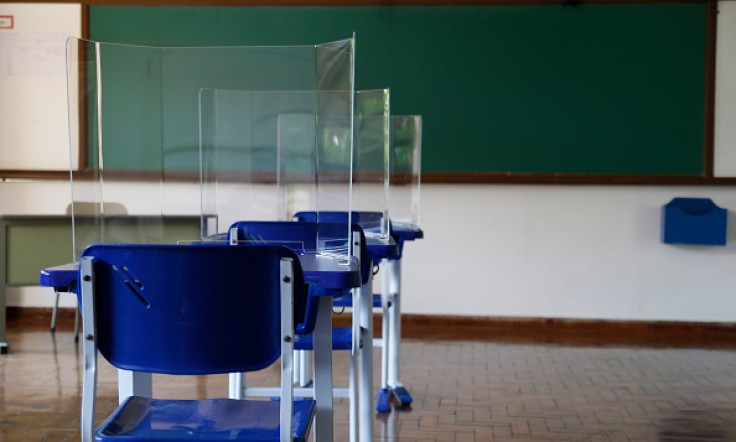
The CDC's new guidance on safe school reopening amid the pandemic could result in more than 90 percent of schools partially closed.
The long-awaited guidance on school reopening by CDC is now being criticized, and doctors are now pointing out the guidance's notable flaws, claiming it would prohibit more than 90 percent of schools from completely reopening in almost all of the nation's 50 largest counties.
Doctors say that if the CDC advice is strictly followed, schools will not completely reopen for months for in-person instruction, even if they believe that schools should reopen safely much earlier, as they stated their reasons.
The first is due to limiting metrics. The CDC's resolution to tie reopening decisions to how badly the virus spreads in the surrounding region is the primary reason for the criticisms. The guidance notes that only in counties with low to moderate transmission levels can school completely reopen for in-person instruction, which suggests less than 50 new cases per 100,000 people over seven days or a test-positivity rate lower than eight percent. Technically, that is 90 percent of the total population. Schools in counties that do not meet the level are advised to transition into blended learning.
Second, the CDC is in a tough spot. Dr. Megan Ranney, an emergency physician, and director of the Brown-Lifespan Center for Digital Health, agreed that much of the nation is in the most stringent reopening tier of the CDC.
She noted that most of the schools are also entirely unable to put the safety precautions in place. The safeguards required are expensive and need more funding, Dr. Ranney said. Without additional funding, it is impractical to believe that most schools would ensure that desks in classrooms are six feet apart, improve ventilation, and reopen safely in areas with a large distribution.
The third would be the prevention of infections instead of virus spread. According to Dr. Bill Schaffner, a Vanderbilt University epidemiologist, the CDC should have made it easier to reopen K-12 schools. He said the guidance was "not bad" overall. Given the need to reopen schools now, the CDC could have been less stringent on its group transmission directives and should have concentrated more on ensuring that schools are aware of what steps to adopt to prevent infection and less on the extent of community spread.
The fourth point is the absence of ventilation interventions. Noticeably, only one paragraph in the CDC's guidelines on ventilation said, "improve ventilation to the extent possible, such as opening windows and doors to increase outdoor air circulation." There is evidence that the coronavirus can spread effectively through air accumulated since the beginning of the pandemic.
So, instead of school reopening, how about considering improving virtual classrooms?
Given those four points, an improved virtual classroom seems more realistic now, rather than school reopening.
A Vermont college professor, Narine Hall, thought her online teaching resources fell short when teaching first went remote, so she created her own. And now, with the backing of investors, her tech start-up hopes to continue to expand far beyond its New England roots. Hall launched InSpace and a long-time friend and coding partner in her native Armenia, which describes itself as an educator's virtual classroom for educators.
Teachers can transmit to their entire community and then travel around in the virtual space to interact with learners via video more naturally, either one-on-one or in small rooms.
Students may also switch their bubbles around to interact with peers or mimic the experience of posing a question.
The platform had its first trials on the Champlain campus but is now used at more than 85 U.S. universities and K-12 schools.
The co-founder said that the new funding would help InSpace enter many more colleges, but she knows that COVID-19 has suddenly made virtual meetings a competitive area. InSpace plans to unveil several more characteristics to help it keep standing out in the educational room, Hall said.
The Vermont-born start-up wants InSpace to be today's classroom tomorrow, with online learning expected to stick around and expand long after the pandemic.